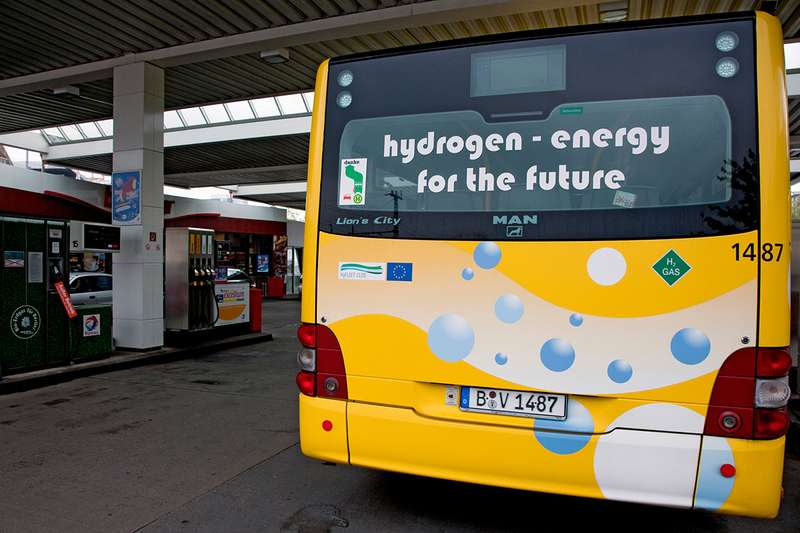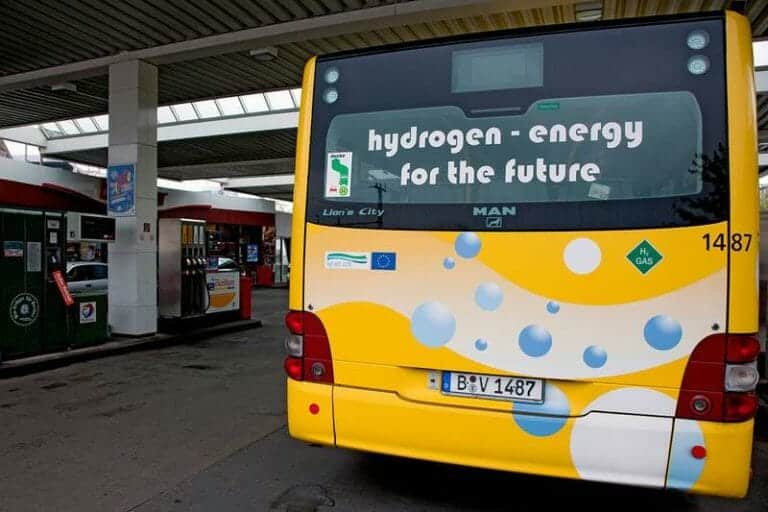A device inspired by human lungs can split water into oxygen and hydrogen – Agencja Fotograficzna Caro / Alamy By Chelsea Whyte
Human lungs move gas through a thin membrane, extracting oxygen and sending it into our blood stream. Now a device uses the same principle to power the reactions used for making hydrogen fuel.
Yi Cui at Stanford University and his colleagues set out to mimic human lungs to increase the efficiency of electrocatalysts, materials that increase the rate of chemical reactions used to produce hydrogen by splitting water. Improving the process could make better fuel cells, which are used to power hydrogen vehicles and could one day be used for powering everything from cell phones to cities.
Cui and his team made a 12-nanometer thick plastic film with tiny pores on one side which repel water. The other side is coated with gold and platinum nanoparticles that are involved in the chemical reactions. Then they rolled the film and sealed the edges to make a small pouch with the metal layer on the inside.
Splitting water
When they apply a voltage to water to split it into its constituent parts, the hydrogen and oxygen gases enter the lung-like apparatus and create energy as they pass through the conductive metals on the inside of the pouch.
Carbon-based films that are usually used in fuel cells can create bubbles during this process, which causes energy loss. But these new lung-like devices minimise bubbles because the small pores control the rate at which gas can pass through the membrane and the pressure inside.
Cui and his team found that their lung-like device was 32 per cent more efficient at […]
Full article: Device that works like a lung makes clean fuel from water
More about the potential of hydrogen fuel:
Researchers report new, more efficient catalyst for water splitting



